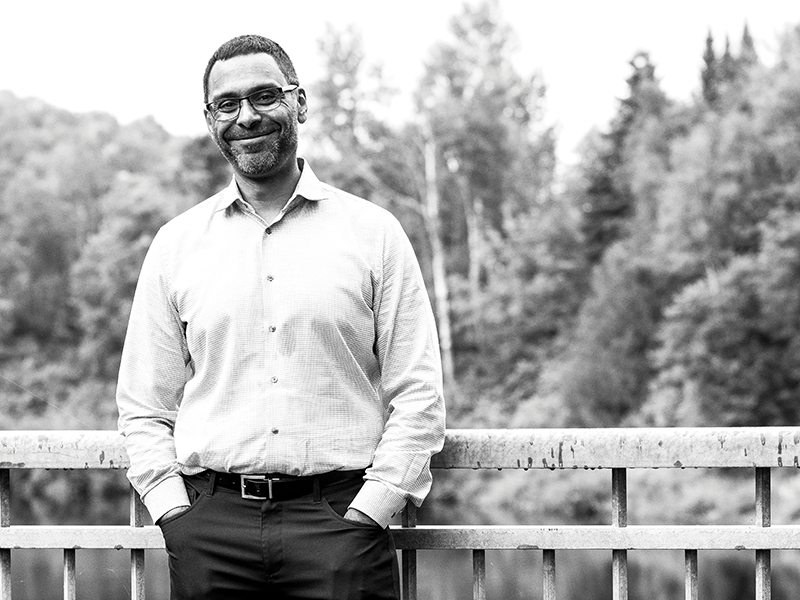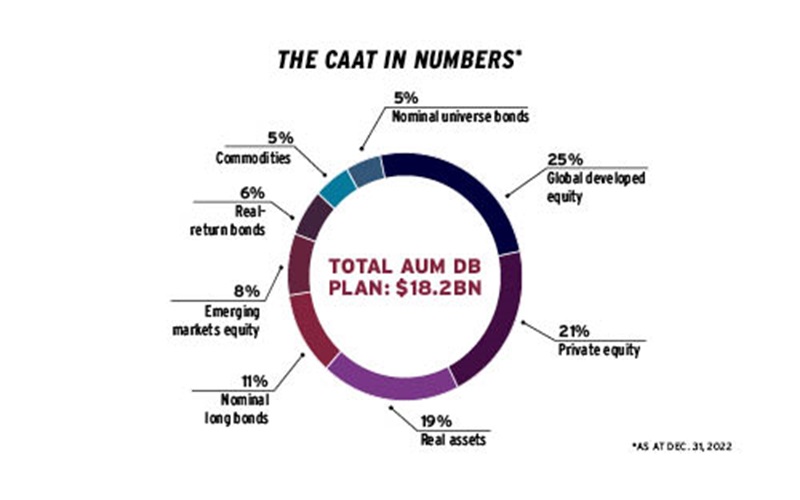

As an institutional investor, Asif Haque knows the Colleges of Applied Arts and Technology Pension Plan has a responsibility to meet the rising challenge of climate change through responsible capital deployment.
“[We] have a gigantic role to play in using our ownership and influence to engage with companies on their transition to a low-carbon future,” says Haque, the plan’s chief investment officer. “We want to make sure that [investee companies] understand the scale of the challenge and that they have credible ideas on how to meet that challenge.”
Read: Research finds pensions struggle to determine metrics for ESG goals
Getting to know
Asif Haque
Job title:
Chief investment officer, the CAAT pension plan
Joined the CAAT:
2010
Previous role:
Vice-president, external manager search, the Public Sector Pension Investment Board
What keeps him up at night:
Making sure his team is engaged and doing work that they find interesting and meaningful
Outside of the office he can be found:
Keeping active in the gym or playing golf with his niece and nephew
The CAAT is actively supporting its green investment mandate with internal policy decisions. Its responsible investment policy — which has been in place since 2007 — doesn’t prohibit any type of investment; instead, it provides a framework for the investment team to thoroughly question the environmental impact of investment opportunities. “The best way to incorporate the latest energy transition trends is through constant and open dialogue within the CAAT’s investment team and its external portfolio partners,” says Haque.
The investment organization has taken significant steps in its green energy strategy through investments in solar and wind assets. It has also invested in the North American Greenhouse Fund and the Canadian Farmland Fund, two investment vehicles that support the development of sustainable agriculture.
“We invest in a very long-term perspective at CAAT. Caring about the impact of climate change or social issues or good corporate governance on investment results is absolutely a part of our fiduciary responsibility to members over the long term.”
In 2023, the CAAT appointed Karen Lockridge — who was previously the director of environmental, social and governance investing at the Canada Post Corp. pension plan — as its first director of responsible investing, overseeing the deployment of a modern ESG strategy as part of a larger investment approach.
The organization has also adopted recommendations from the United Nation’s task force on climate-related financial disclosures, including the creation of its first carbon foot-printing exercise for its own portfolio.
Read: CAAT appointing Karen Lockridge as director of responsible investing

While ESG investment metrics have faced criticism regarding their effectiveness, Haque says he’s more concerned about the accuracy of data used in ESG reporting, noting several industries have quickly evolved to meet this need amid growing calls for improved environmental impact tracking. Indeed, these calls to action highlight just how much work is required to meet the climate challenge.
“We can only lend our name and our voice to those institutional investors who are calling for greater transparency and greater depth of data coming out of companies and governments, frankly, in terms of carbon so that we can make more informed decisions as investors,” says Haque.
Bryan McGovern is an associate editor at Benefits Canada and the Canadian Investment Review.
